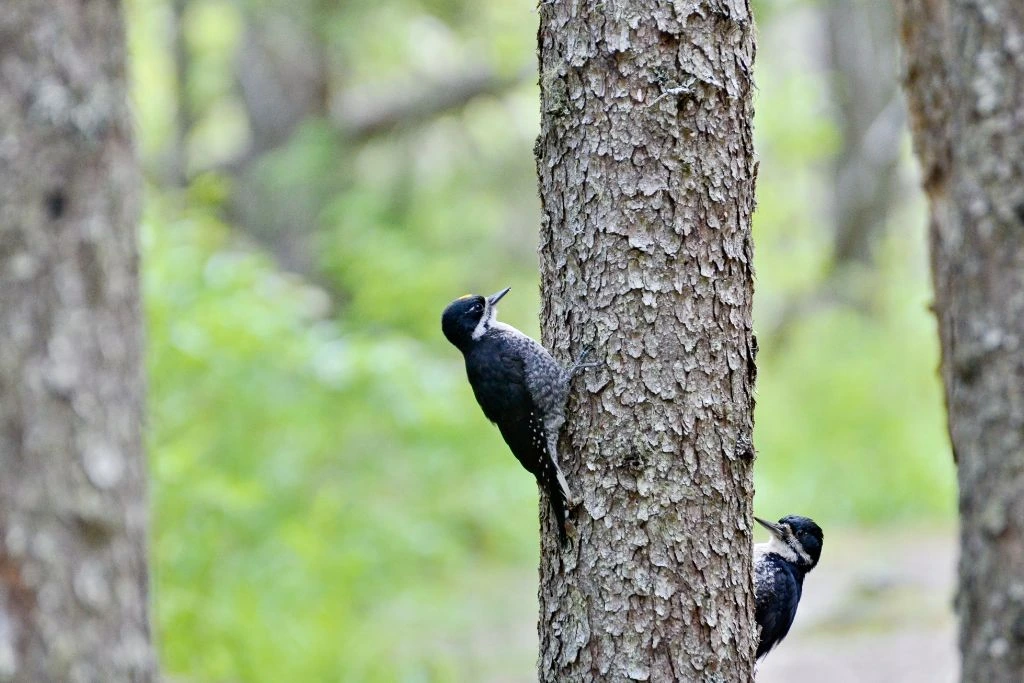Tongue twisters and cartoon shows popularize woodpeckers, but these depictions don’t encapsulate how magnificent these creatures are. For instance, their incredible head anatomy allows them to constantly swing their beaks against wood without incurring brain damage.
Woodpeckers thrive nearly anywhere, especially in California. Do you want to know how many types of woodpeckers are in California? There are around 17 California woodpeckers, with two being endangered.
What does a woodpecker look like in California? Like any other woodpecker in the world, their appearance depends on their species. There are big and small types, colorful and drab ones, and some separate species look much alike.
1. Acorn Woodpecker
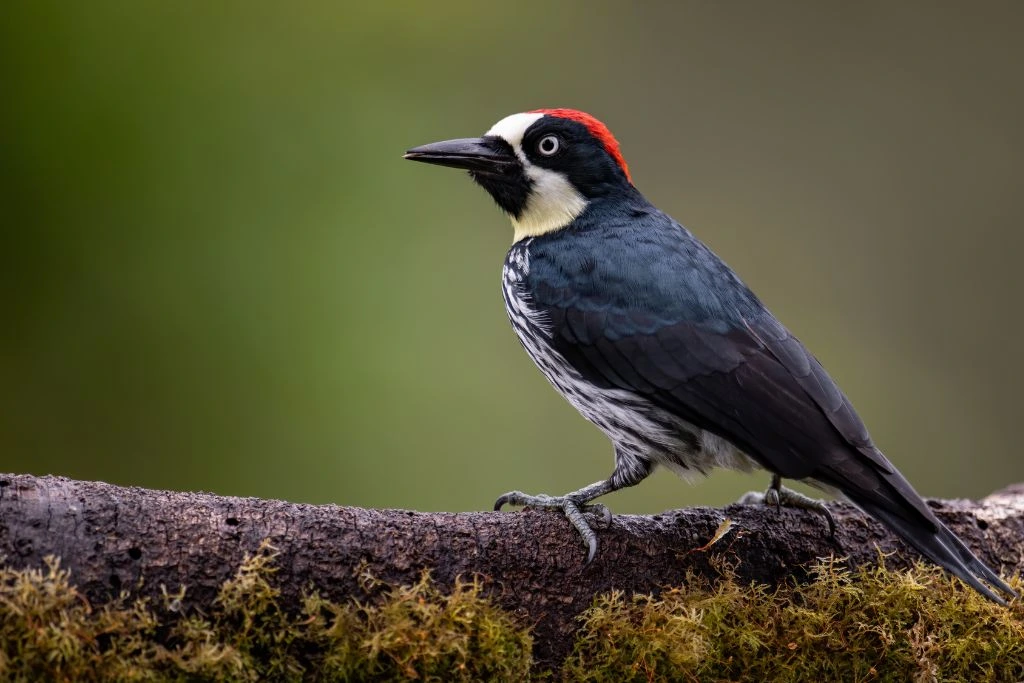
- Kingdom: Animalia
- Phylum: Chordata
- Class: Aves
- Order: Piciformes
- Genus: Melanerpes
- Species: Melanerpes formicivorus
You can think of acorn woodpeckers (Melanerpes formicivorus) as squirrels but in bird form. That’s because, like squirrels, they love to hoard acorns, even hiding tens of thousands of acorns in their tree holes! As adorable as that sounds, there’s a flip side to it – if there’s an acorn shortage, they’d have to leave for places with more acorns, even if those are far.
Thankfully for Californian acorn woodpeckers, there are a lot of oak trees in the state. They also do a great job at hiding their horde and community parenting their young. Thus, they’re unlikely to say goodbye to California anytime soon.
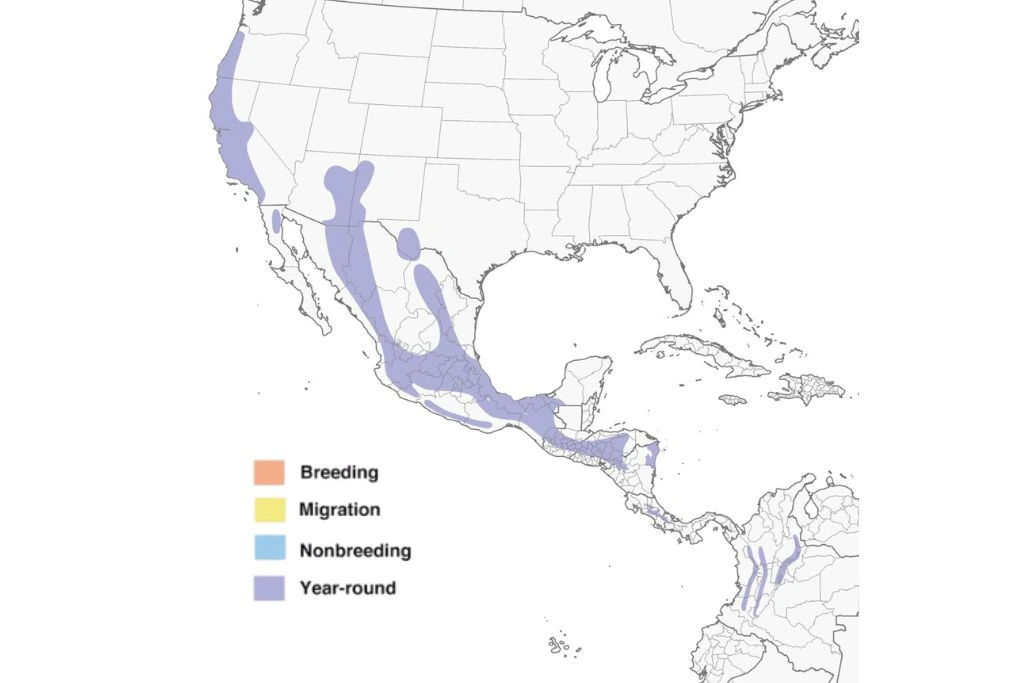
2. Black-Backed Woodpecker
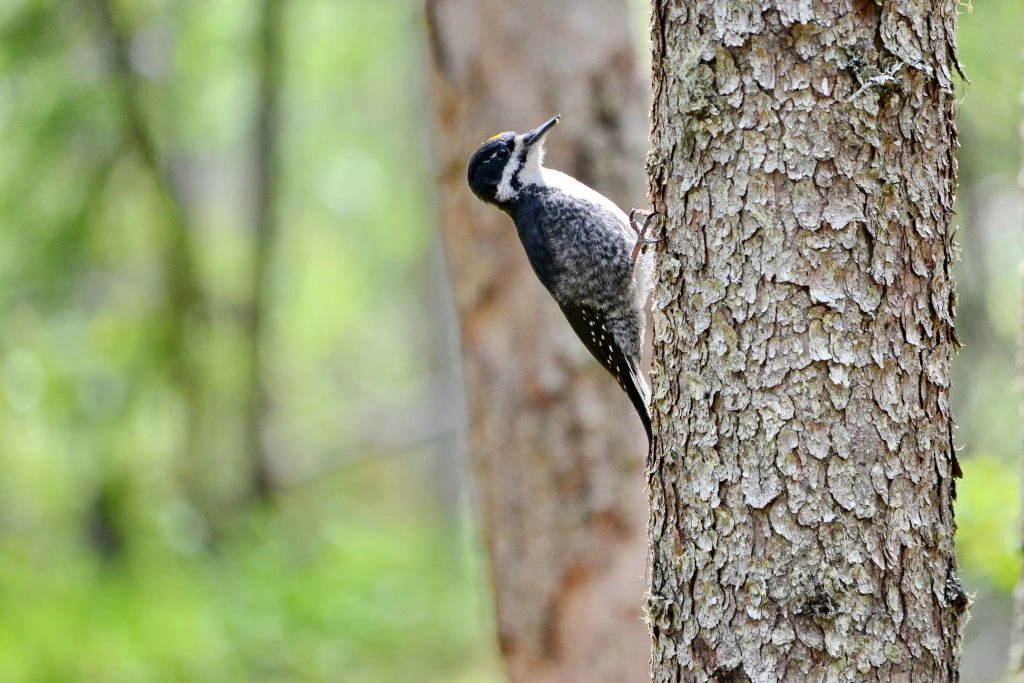
- Kingdom: Animalia
- Phylum: Chordata
- Class: Aves
- Order: Piciformes
- Genus: Picoides
- Species: Picoides arcticus
California woodpecker identification is pretty easy, especially when you realize that most species’ names reflect unique qualities, like that of the black-backed woodpecker (Picoides arcticus). As the name implies, they have a prominently large black back, with some white in their faces, behind the eyes, and undersides of their bodies. Males also stand out for their yellow crowns.
Unlike other woodpeckers, black-backed woodpeckers prefer dead or burned trees, looking for beetle larvae. Those that go for burned trees have grayish feathers because of all the soot. They have an intermediate size, like a robin.
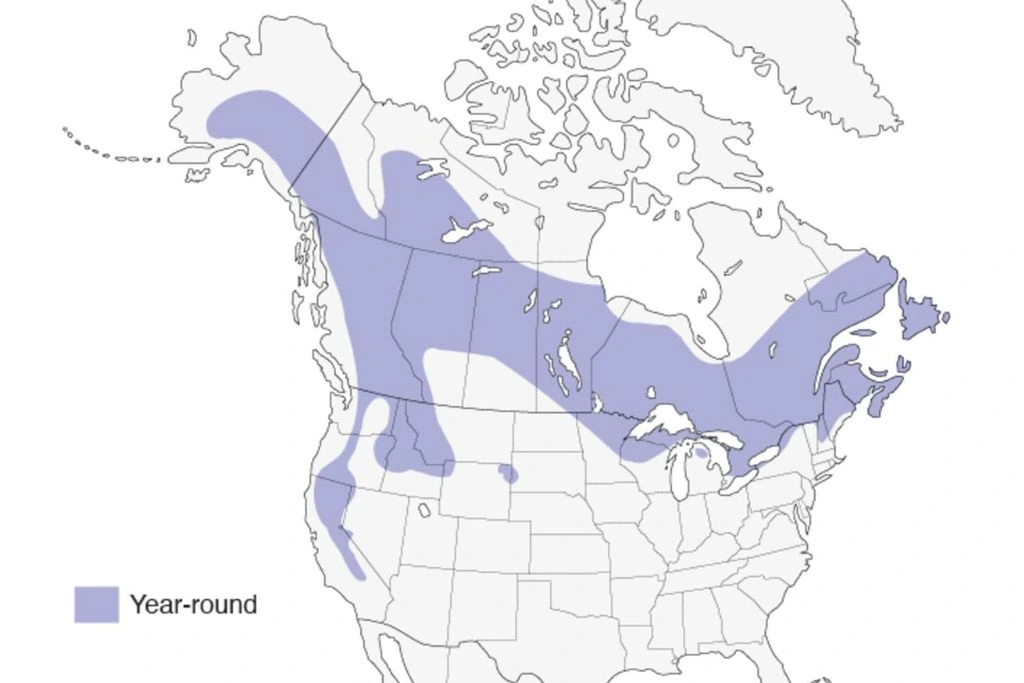
3. Downy Woodpecker
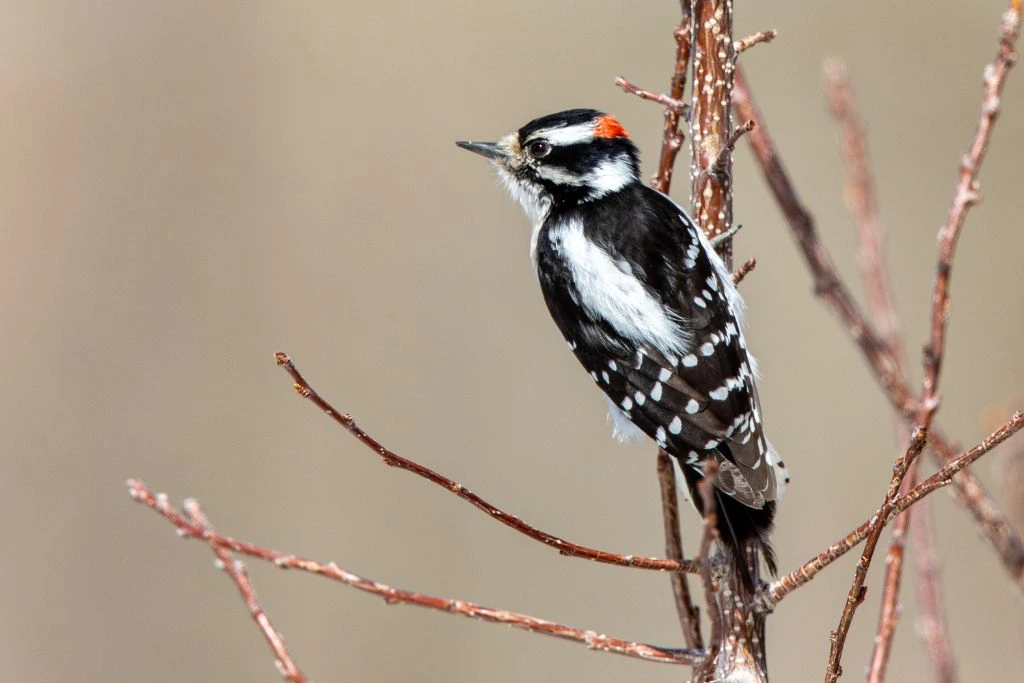
- Kingdom: Animalia
- Phylum: Chordata
- Class: Aves
- Order: Piciformes
- Genus: Dryobates
- Species: Dryobates pubescens
Are woodpeckers common in California? As I’ve established, they are, and there are 17 species even. However, have I mentioned which one is the most common? Honestly, there’s no one answer. Some say it’s the acorn woodpeckers, while others say it’s the downy woodpeckers (Dryobates pubescens), which are small and black-and-white, just like the acorn woodpeckers. They aren’t opposed to humans, so you can find them in residential areas or may even approach your backyard bird feeder.
They are often confused with hairy woodpeckers, so what’s the difference between a downy woodpecker and a hairy woodpecker? The most obvious difference is that hairy woodpeckers are larger and have longer beaks than downy woodpeckers. The downy’s outer tail feathers are also spotted, whereas hairy woodpeckers are unmarked.
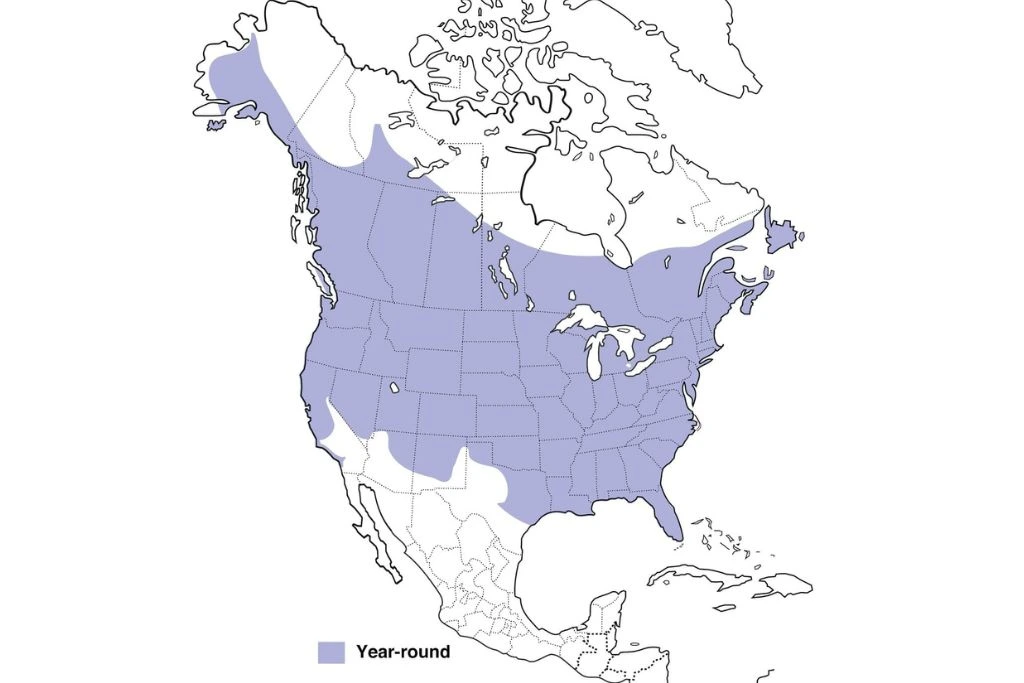
4. Gila Woodpecker
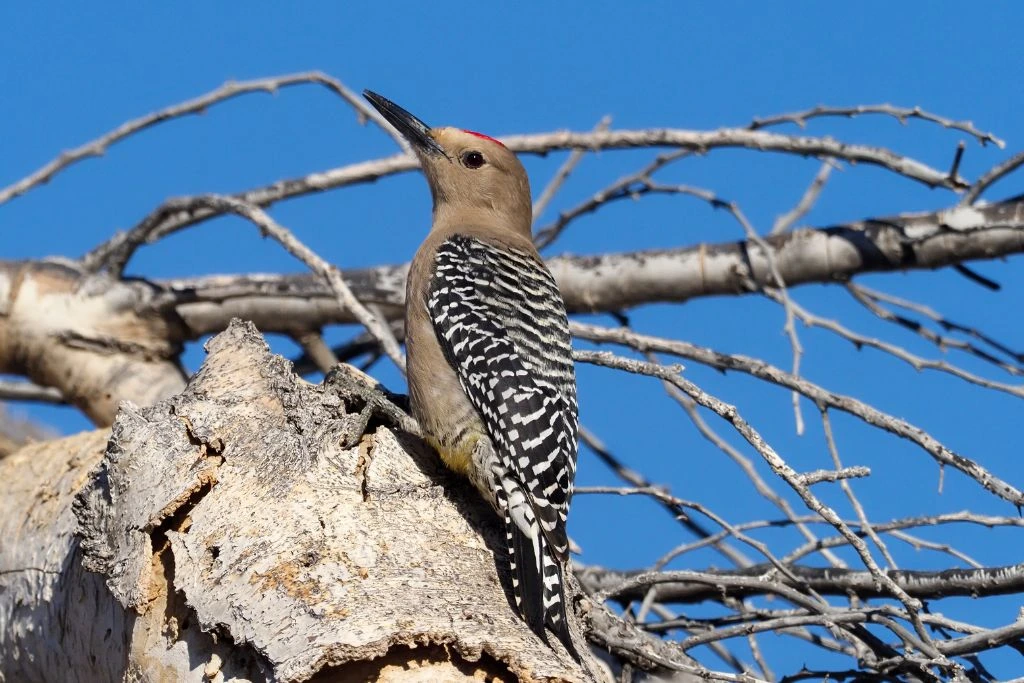
- Kingdom: Animalia
- Phylum: Chordata
- Class: Aves
- Order: Piciformes
- Genus: Melanerpes
- Species: Melanerpes uropygialis
One of the woodpeckers in Southern California is the Gila woodpecker (Melanerpes uropygialis). It has a distinctive red cap on its head and a grayish-brown body. Its tail and wings are distinctively black and white. By appearance, they are similar to the red-bellied woodpecker.
The Gila woodpecker stands out among other species because it can depend on saguaro or Mexican giant cardon cacti for food, water, and shelter. Thus, it can survive in arid, treeless environments as long as these cacti are present. It can also utilize trees, not just cacti, making them adaptable and able to survive in a wide range of conditions.
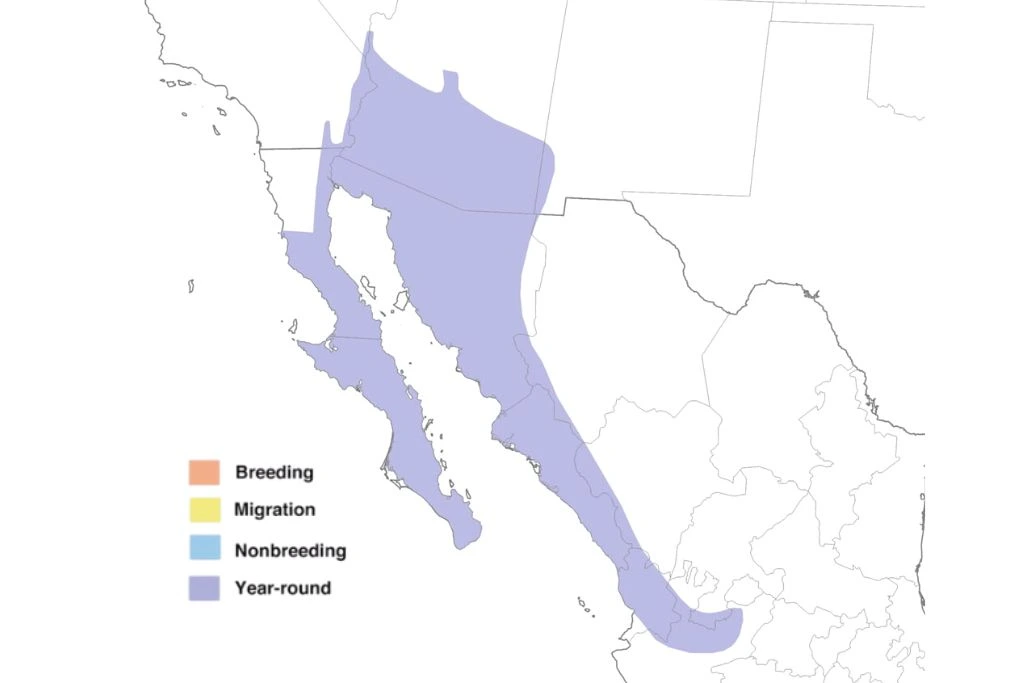
5. Gilded Flicker
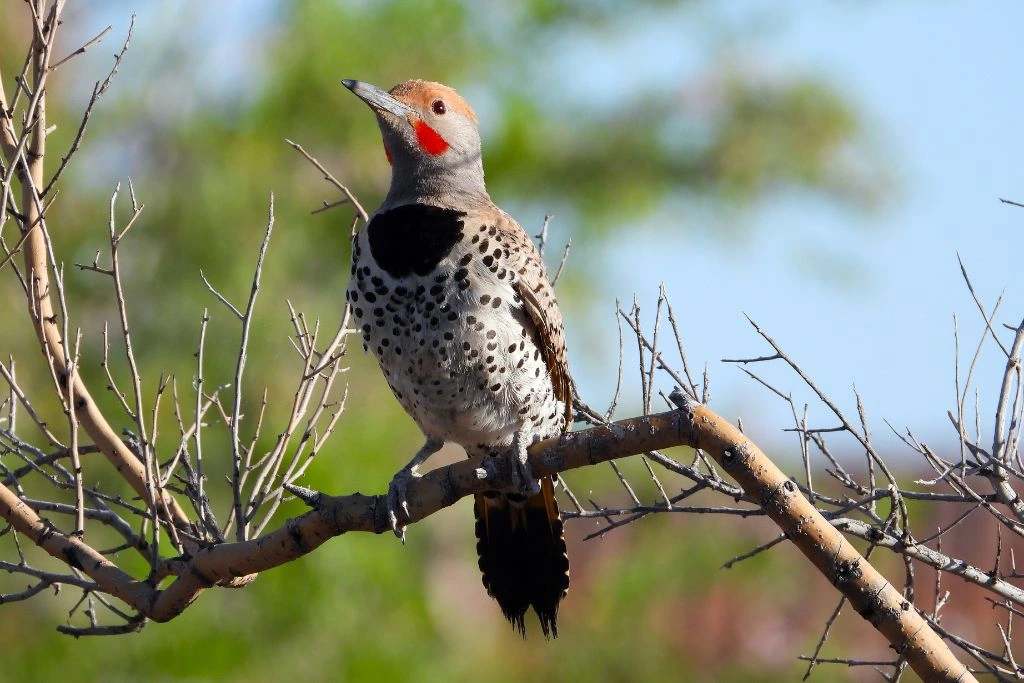
- Kingdom: Animalia
- Phylum: Chordata
- Class: Aves
- Order: Piciformes
- Genus: Colaptes
- Species: Colaptes chrysoides
Another woodpecker in South California is the gilded flicker (Colaptes chrysoides). It is closely related to the northern flicker, although it is much less known and studied. As they share an environment with the Gila woodpecker, they can also survive by nesting in saguaro cacti. However, unlike the Gila species, they get their food mostly from foraging on the ground rather than the cacti.
Gilded flickers are smaller than northern flickers, which reflects Bergmann’s Rule, which states that animals in hot conditions tend to be smaller than their counterparts.
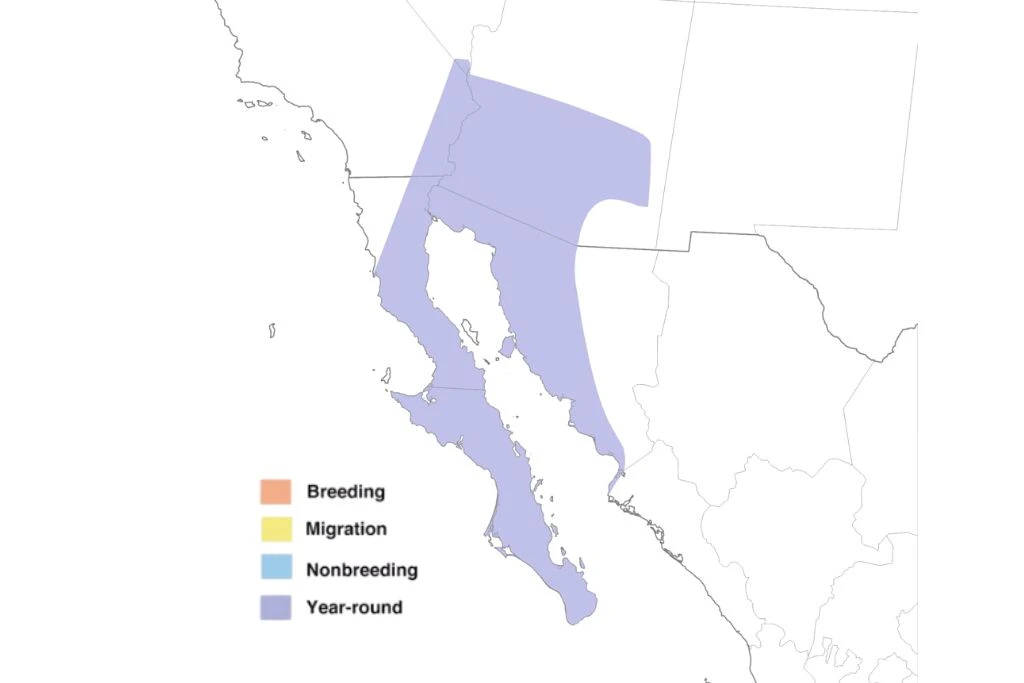
6. Hairy Woodpecker
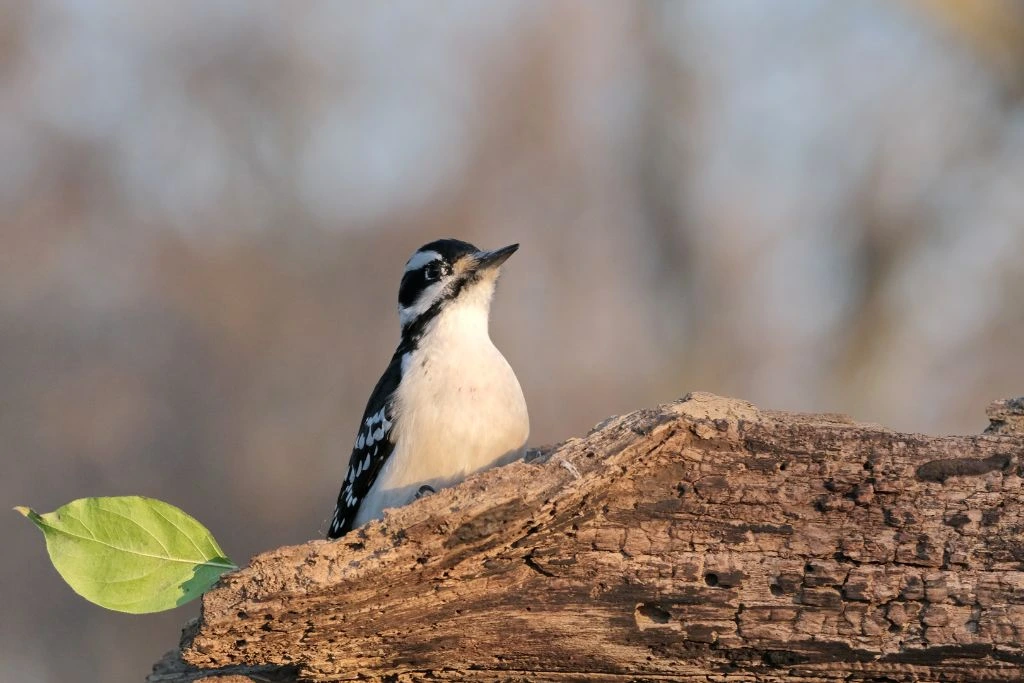
- Kingdom: Animalia
- Phylum: Chordata
- Class: Aves
- Order: Piciformes
- Genus: Leuconotopicus
- Species: Leuconotopicus villosus
I’ve introduced the hairy woodpecker (Leuconotopicus villosus) as the larger lookalike of the downy woodpecker. The two even have a similar-sounding call, although the hairy woodpecker has a lower pitch. These woodpeckers can be found almost anywhere in California, as they can survive in any area flocked with trees and crucial resources.
A fun fact about hairy woodpeckers is that they’re often described as soldiers in bird form. That’s because they maintain erect postures while on trees and have clean, white stripes on their head.
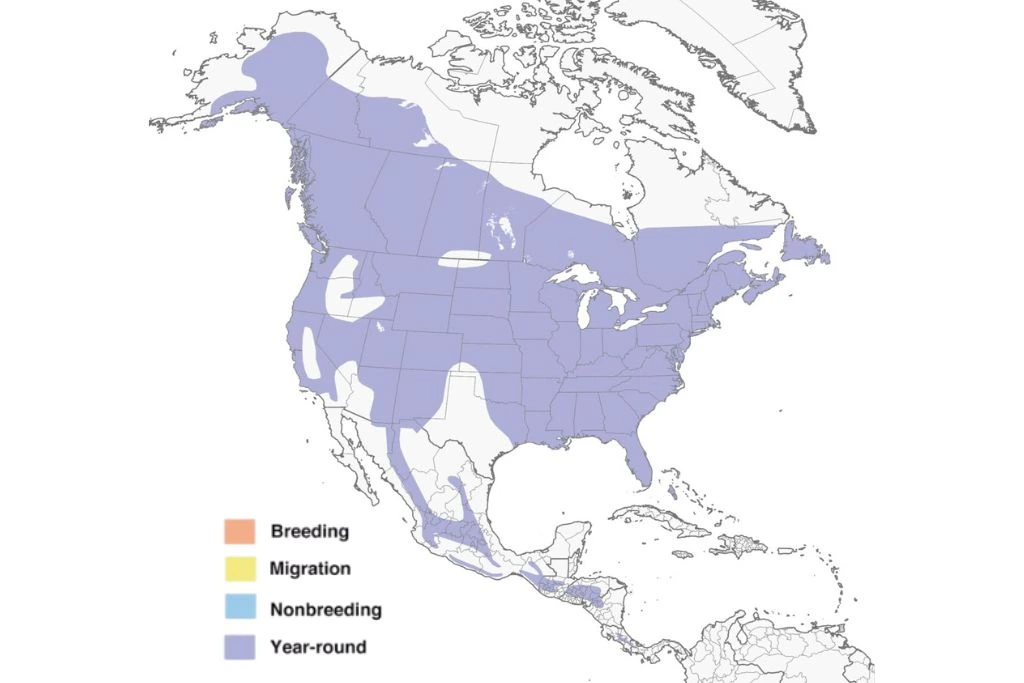
7. Ladder-Backed Woodpecker
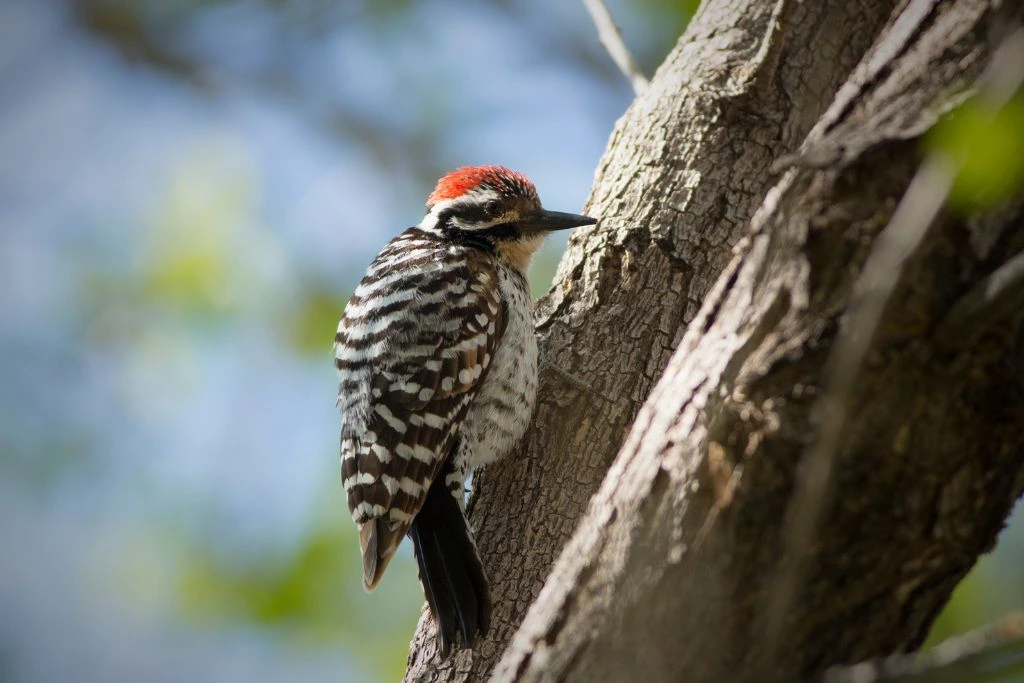
- Kingdom: Animalia
- Phylum: Chordata
- Class: Aves
- Order: Piciformes
- Genus: Dryobates
- Species: Dryobates scalaris
Another cacti-loving woodpecker species is the ladder-backed woodpecker (Dryobates scalaris), named for the alternating black and white bars on its back that appear like a ladder. It also has spots on its breast, and if it’s a male, it will have a red cap on its head. For a woodpecker, it’s pretty silent, so you’re likely to see one rather than hear it.
While these woodpeckers spend much time around cacti, they will approach backyards if they see something attractive. What attracts woodpeckers to your house? Ladder-backed woodpeckers are attracted to dead trees, which they can use as nests, and feeders containing worms, seeds, and other foods. Some woodpeckers are also attracted to wood, even the ones that make up your home.
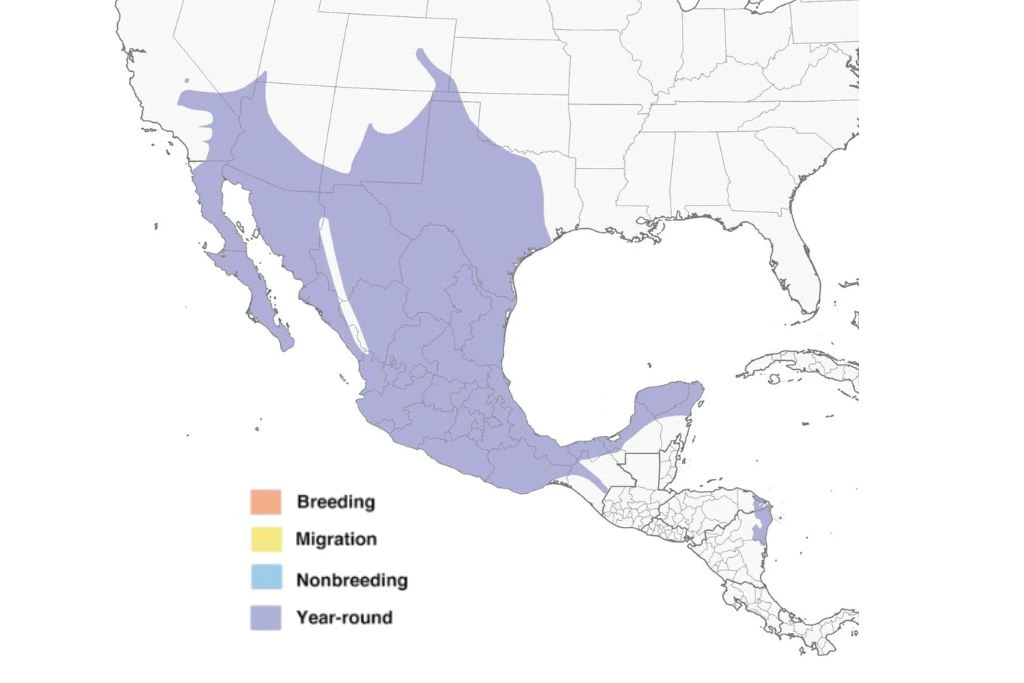
8. Lewis’s Woodpecker
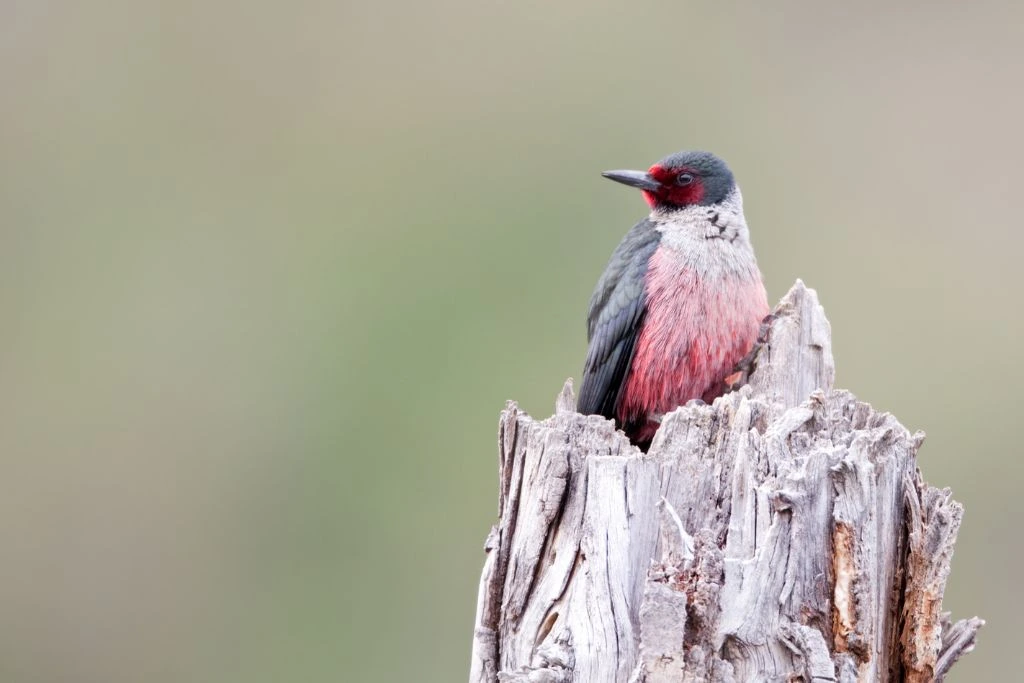
- Kingdom: Animalia
- Phylum: Chordata
- Class: Aves
- Order: Piciformes
- Genus: Melanerpes
- Species: Melanerpes lewis
Among the many Californian woodpeckers, Lewis’s woodpecker (Melanerpes lewis) is among the rarer species. They’re relatively silent, so you can’t detect them by their sound, unlike louder woodpeckers. They differ from other woodpeckers in many ways.
Unlike other species, they have a stocky build. They don’t forage or peck trees for food. Instead, they catch flying insects mid-air. Their flight patterns also differ from other woodpeckers. Lastly, appearance-wise, they’re unlike any other – they have prominently dark and iridescent bodies with reddish fronts and faces.
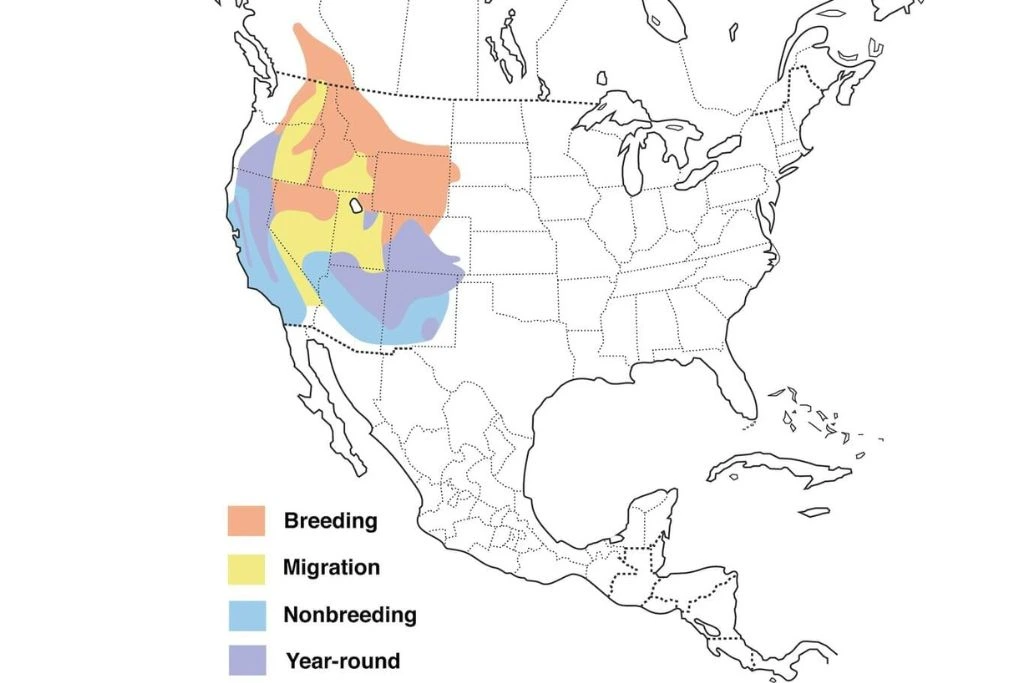
9. Northern Flicker
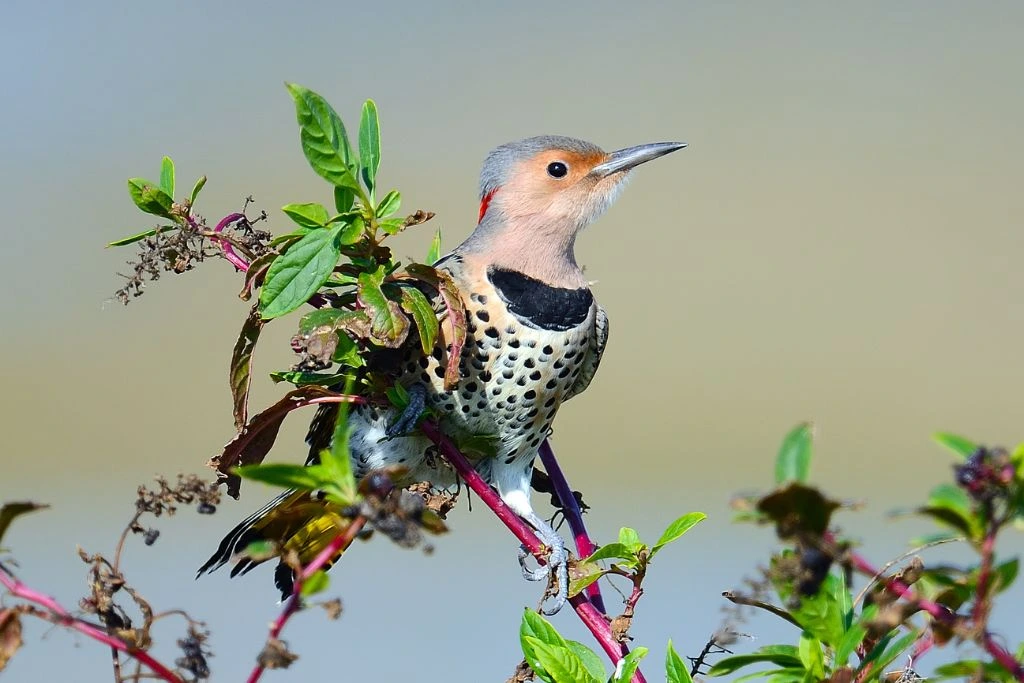
- Kingdom: Animalia
- Phylum: Chordata
- Class: Aves
- Order: Piciformes
- Genus: Colaptes
- Species: Colaptes auratus
As mentioned, the northern flicker (Colaptes auratus) is the gilded flicker’s more popular and much larger cousin. This woodpecker has two morphs: red-shafted and yellow-shafted. Both types have unique colors and patterns, making these birds magnificent. Besides their impressive appearances, other things make these birds one-of-a-kind.
One such unique trait is that they peck at the ground rather than trees. In a way, they aren’t as woodpeckers as they ought to be. They also aren’t too shy toward human environments and will even approach backyards. Is it good to have woodpeckers in your yard? They’re good because they help control pests by eating insects that may damage your home, like termites. Plus, they’re lovely to look at from a distance.
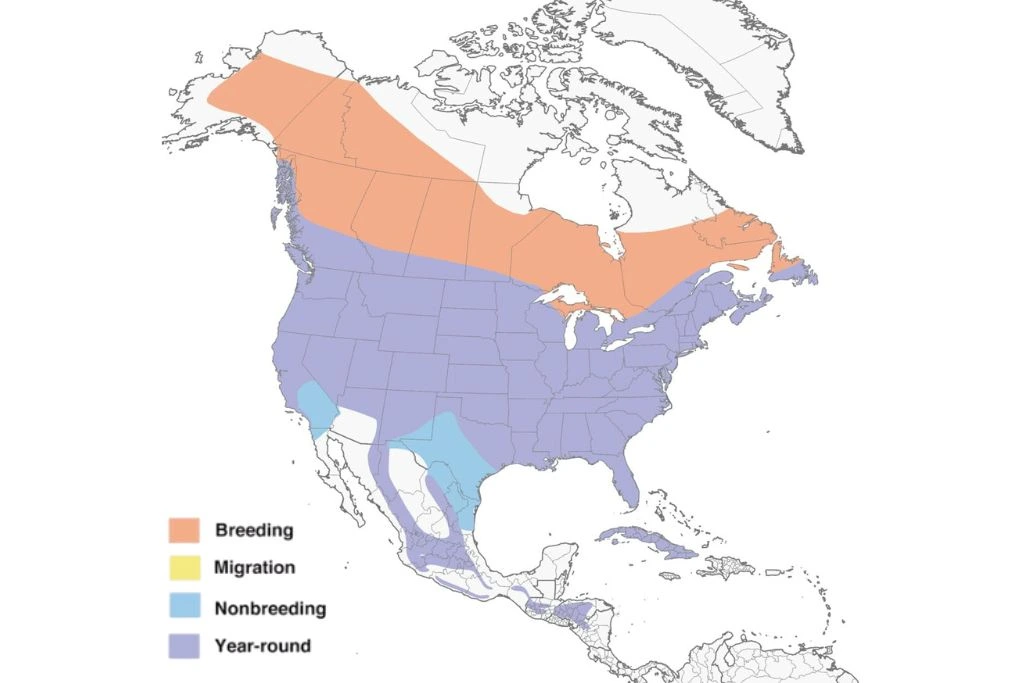
10. Nuttall’s Woodpecker
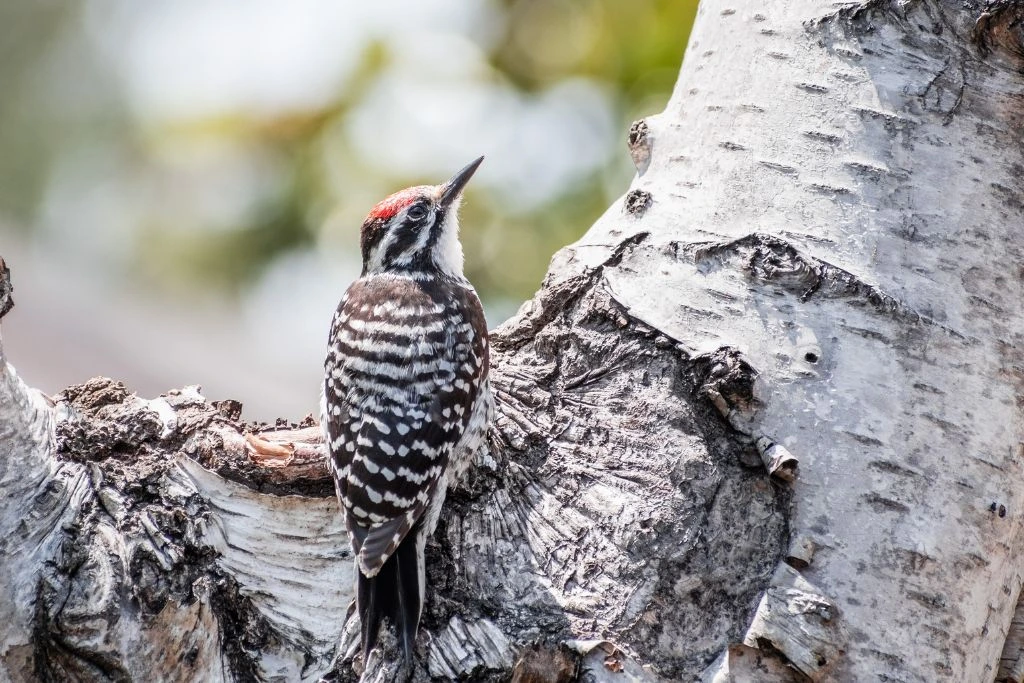
- Kingdom: Animalia
- Phylum: Chordata
- Class: Aves
- Order: Piciformes
- Genus: Dryobates
- Species: Dryobates nuttallii
While some woodpeckers are rare in California, one is present only in the state and nowhere else. Such a species is the Nuttall’s woodpecker (Dryobates nuttallii), which frequents the oak-covered areas of the state. Interestingly, oaks aren’t its primary choice for a nest, and acorns aren’t its first food option, as they mainly eat insects.
These woodpeckers are colored black and white, with the males having red caps. They can be mistaken for other black-and-white woodpeckers in California. They’re also the type to visit backyard feeders, so if you want to see some of them, leave out some of their favorite treats, like insects, nuts, fruits, berries, and more.
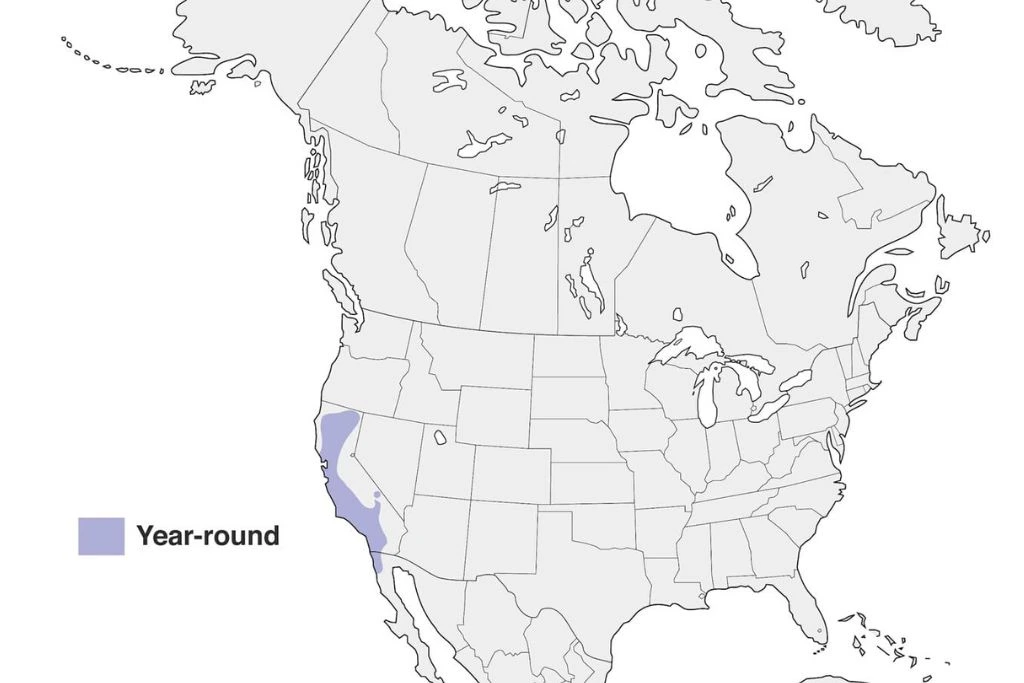
11. Pileated Woodpecker
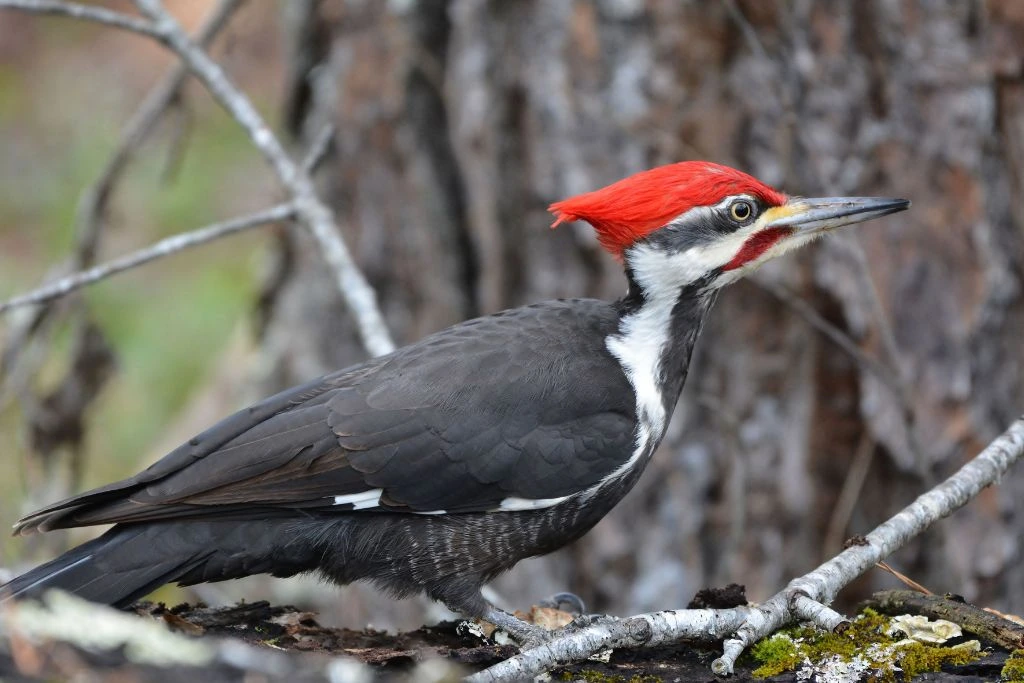
- Kingdom: Animalia
- Phylum: Chordata
- Class: Aves
- Order: Piciformes
- Genus: Dryocopus
- Species: Dryocopus pileatus
One of the resident woodpeckers in Northern California is the pileated woodpecker (Dryocopus pileatus). They are the largest of their kind on the continent and often prefer mature, dead, or dying trees for nesting or foraging. Despite their incredible size, they’re hard to catch sight of because they aren’t too attracted to feeders, unlike other woodpeckers.
But while you can’t see them, you’ll certainly hear them. They are as loud as they are big, so you can pinpoint them when you follow their noises. Appearance-wise, they also aren’t hard to miss. They’re black-and-white birds with a prominent red crest on their head.
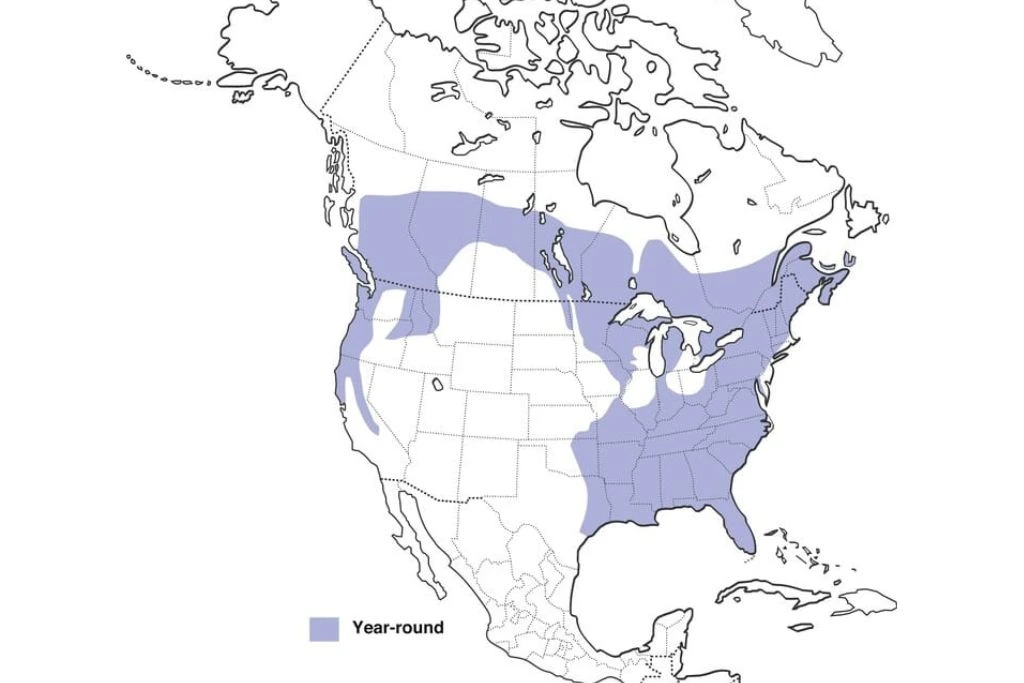
12. Red-Breasted Sapsucker
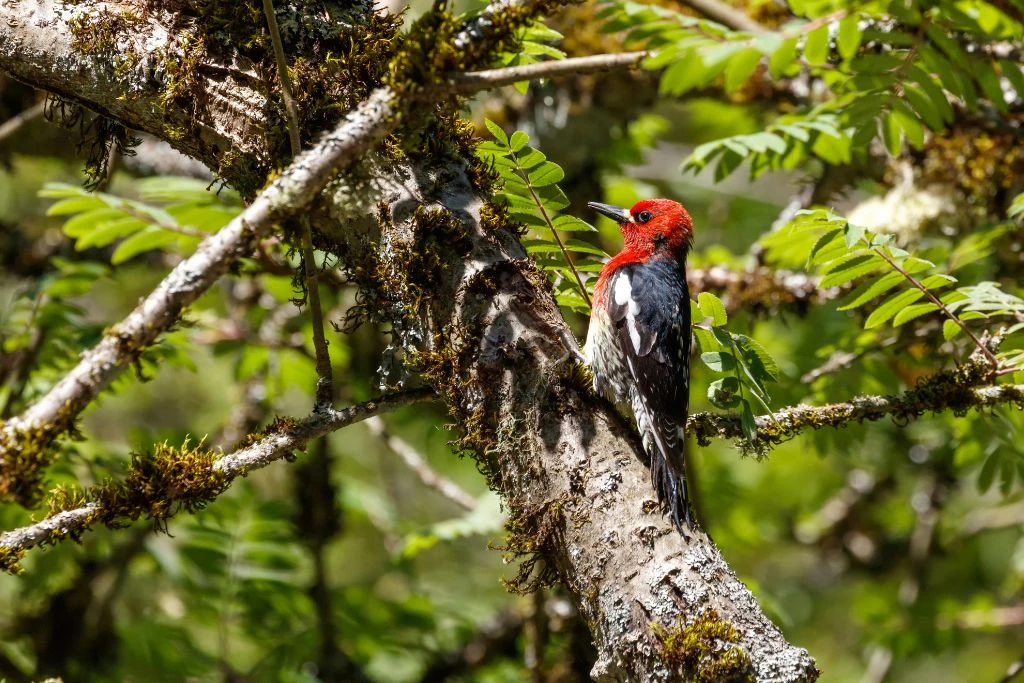
- Kingdom: Animalia
- Phylum: Chordata
- Class: Aves
- Order: Piciformes
- Genus: Sphyrapicus
- Species: Sphyrapicus ruber
An interesting question regarding woodpeckers would be this: do California woodpeckers migrate? While most don’t, a few species do so, including the red-breasted sapsucker (Sphyrapicus ruber). It migrates during the winter to the Rocky Mountains or the Southwestern United States. However, they don’t migrate too far, and some don’t leave at all, especially if they’re in the coastal area.
While most woodpeckers have only a red cap or crest on their heads, the red-breasted sapsucker’s face is entirely red, and such a color extends to the breast, hence the name. They are also called sapsuckers as they peck trees for sap and drink it. Hummingbirds even tail these birds’ innate ability to find delicious fluid.
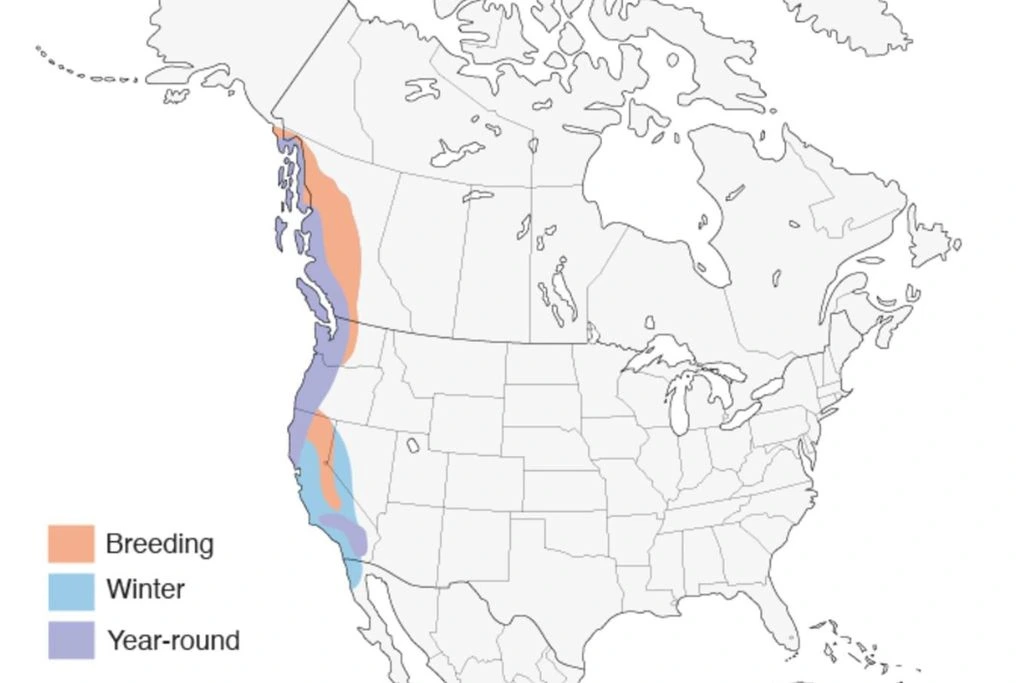
13. Red-Headed Woodpecker
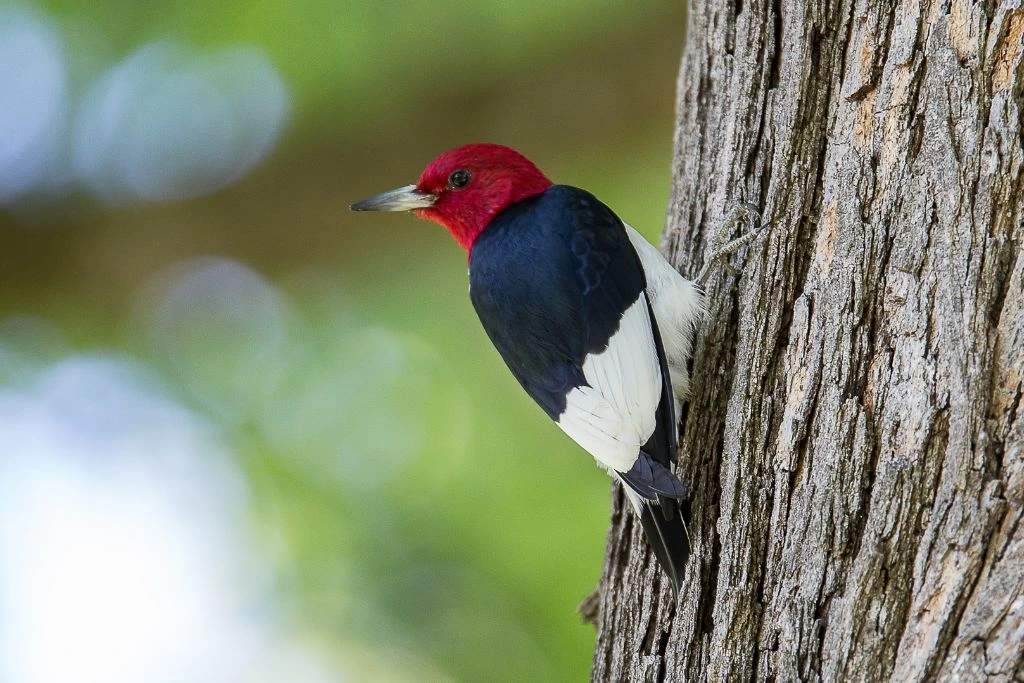
- Kingdom: Animalia
- Phylum: Chordata
- Class: Aves
- Order: Piciformes
- Genus: Melanerpes
- Species: Melanerpes erythrocephalus
The red-headed woodpeckers (Melanerpes erythrocephalus) have red-colored faces, as the name implies, but unlike the red-breasted sapsuckers, they do not have red breasts. Unfortunately, the population of this colorful creature has been declining significantly over time because of habitat loss and competition, so seeing one may be a rare opportunity.
Like the acorn woodpeckers, the red-headed ones also hoard food by hiding nuts in tree cavities and other hiding places. Besides those two, other woodpecker species that exhibit such behavior are the downy and red-bellied peckers.
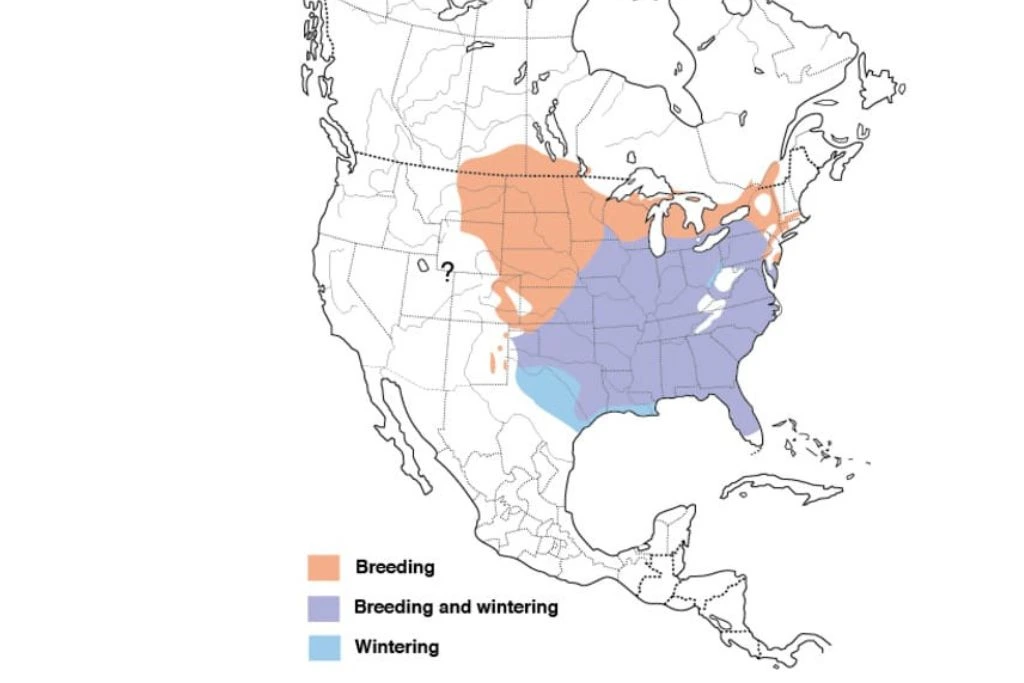
14. Red-Naped Sapsucker
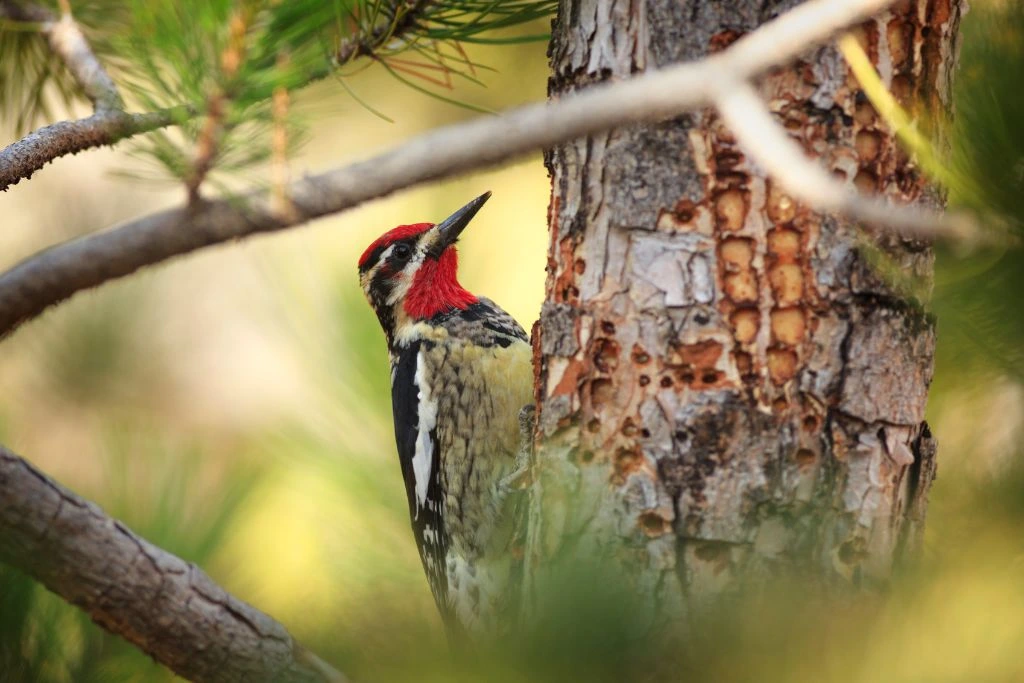
- Kingdom: Animalia
- Phylum: Chordata
- Class: Aves
- Order: Piciformes
- Genus: Sphyrapicus
- Species: Sphyrapicus nuchalis
Red-naped sapsuckers (Sphyrapicus nuchalis) look as their name sounds: red-faced birds that feed on tree sap. They also have red throats, which is uncommon in many woodpeckers. The rest of their body is colored black and white.
Red-naped sapsuckers live across California, as they spend most of the year in the north and fly to the south for winter. They have unique tongues and stiff hairs that make drinking sap much easier. They can breed with other sapsuckers, so don’t be surprised to encounter hybrids.
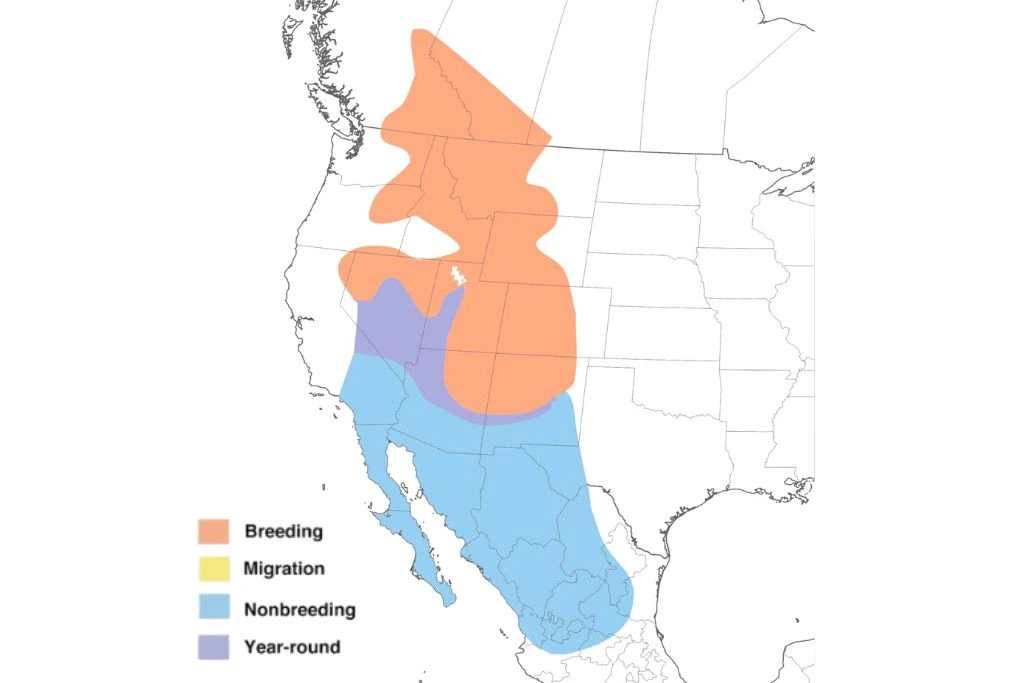
15. White-Headed Woodpecker
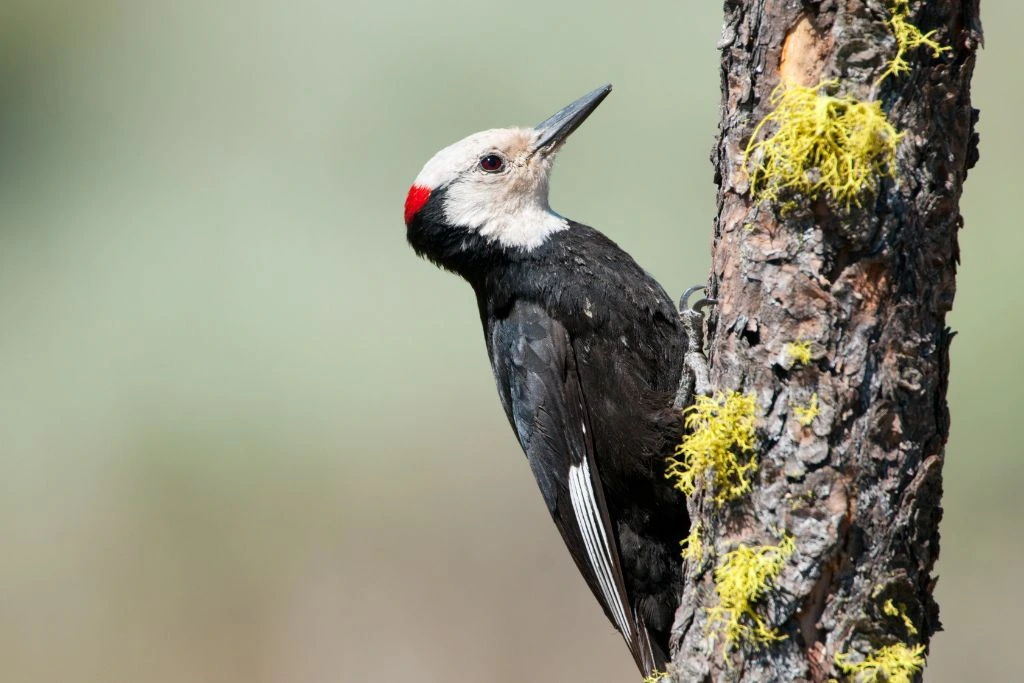
- Kingdom: Animalia
- Phylum: Chordata
- Class: Aves
- Order: Piciformes
- Genus: Leuconotopicus
- Species: Leuconotopicus albolarvatus
You’re likely to find a white-headed woodpecker (Leuconotopicus albolarvatus) where the pines are in California. That’s because these birds love pine seeds so much. They’re usually pecking at cones instead of trees. But if these seeds are scarce, they also eat insects.
White-headed woodpeckers also have a distinct appearance. Their bodies are almost entirely black except for their white head or face. But it’s not wholly white for males because of their red patches or crowns. Females, on the other hand, have completely white heads.
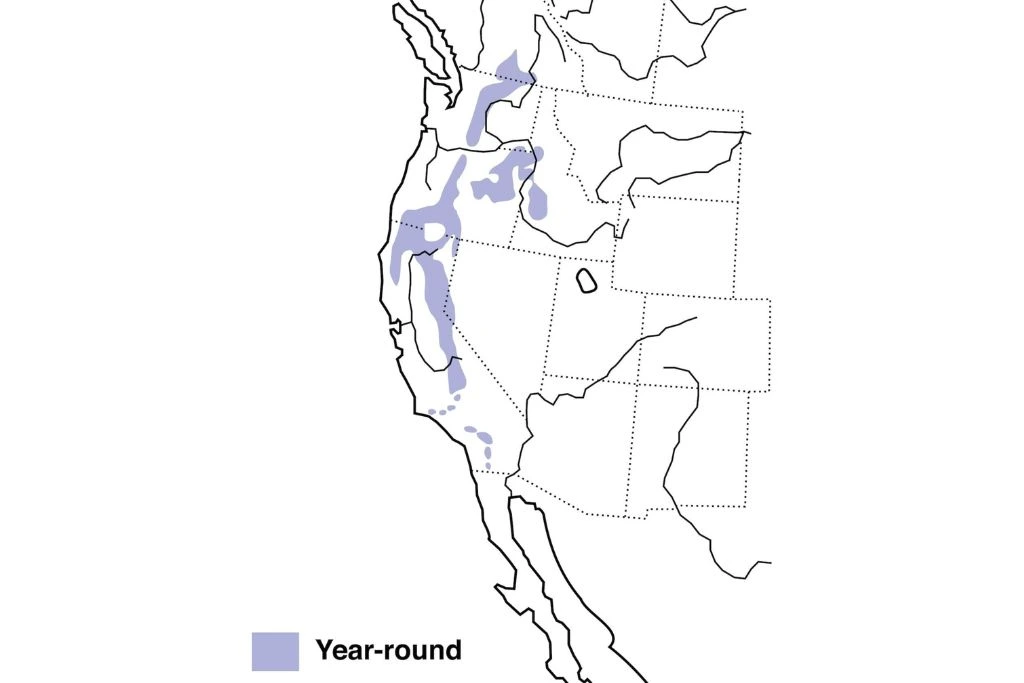
16. Williamson’s Sapsucker
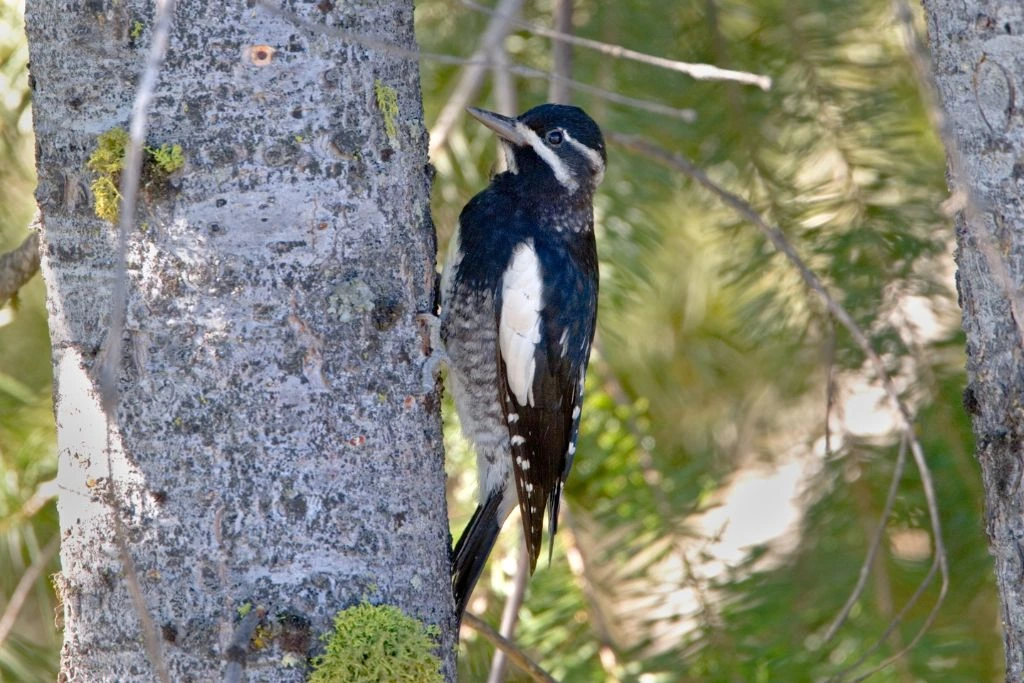
- Kingdom: Animalia
- Phylum: Chordata
- Class: Aves
- Order: Piciformes
- Genus: Sphyrapicus
- Species: Sphyrapicus thyroideus
In most woodpecker species, the males and females share an almost-similar appearance. Most types in this list differ only in the presence of a red patch. However, Williamson’s sapsucker (Sphyrapicus thyroideus) defies this trend, as males and females look much different. Scientists actually thought they were two separate species!
Males have black, white, and red colors on their heads, while females have grayish-brown faces. Females also have black and white bars, while males are mostly black. They do share a yellow bellow, although males’ are more prominent. With all these differences and more, it’s effortless to identify the bird’s gender.
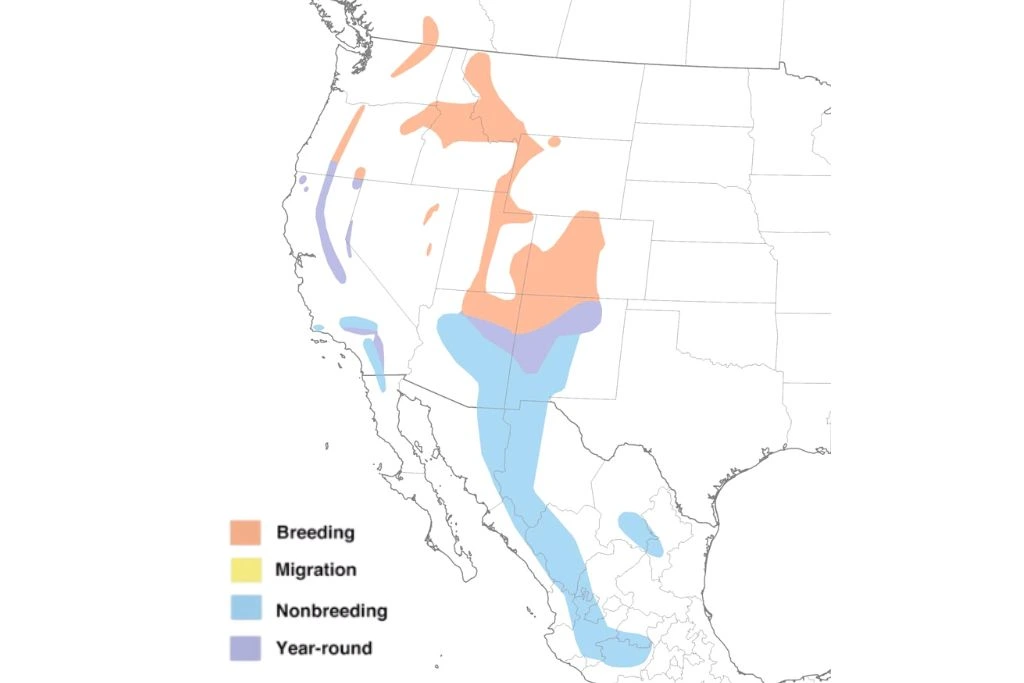
17. Yellow-Bellied Sapsucker

- Kingdom: Animalia
- Phylum: Chordata
- Class: Aves
- Order: Piciformes
- Genus: Sphyrapicus
- Species: Sphyrapicus varius
Many California woodpecker articles don’t discuss the yellow-bellied sapsucker (Sphyrapicus varius), and that might be because scientists thought them to be the same as red-bellied and red-naped sapsuckers.
Eventually, these three sapsuckers were identified as distinct types, thereby expanding the woodpecker diversity in the state. Among them, the yellow-bellied sapsucker stands out for its pale yellow bellies. It is also migratory, heading south to winter. Some even reach as far as Panama!

FAQS
Can a Woodpecker Hurt Your House?
Unfortunately, there have been confirmed cases of woodpeckers hurting homes by pecking at them. You can protect your home by using bird netting, aluminum/vinyl siding, metal sheathing, and other materials they’re unlikely to peck at. You can also distract them with another food source, like suet or dead wood, or frighten them with a loud noise.
Do Woodpeckers Always Eat Termites?
Woodpeckers do not always eat termites, as they can consume other insects, such as worms or ants. Some eat nuts like acorns, fruits, berries, and cacti.

